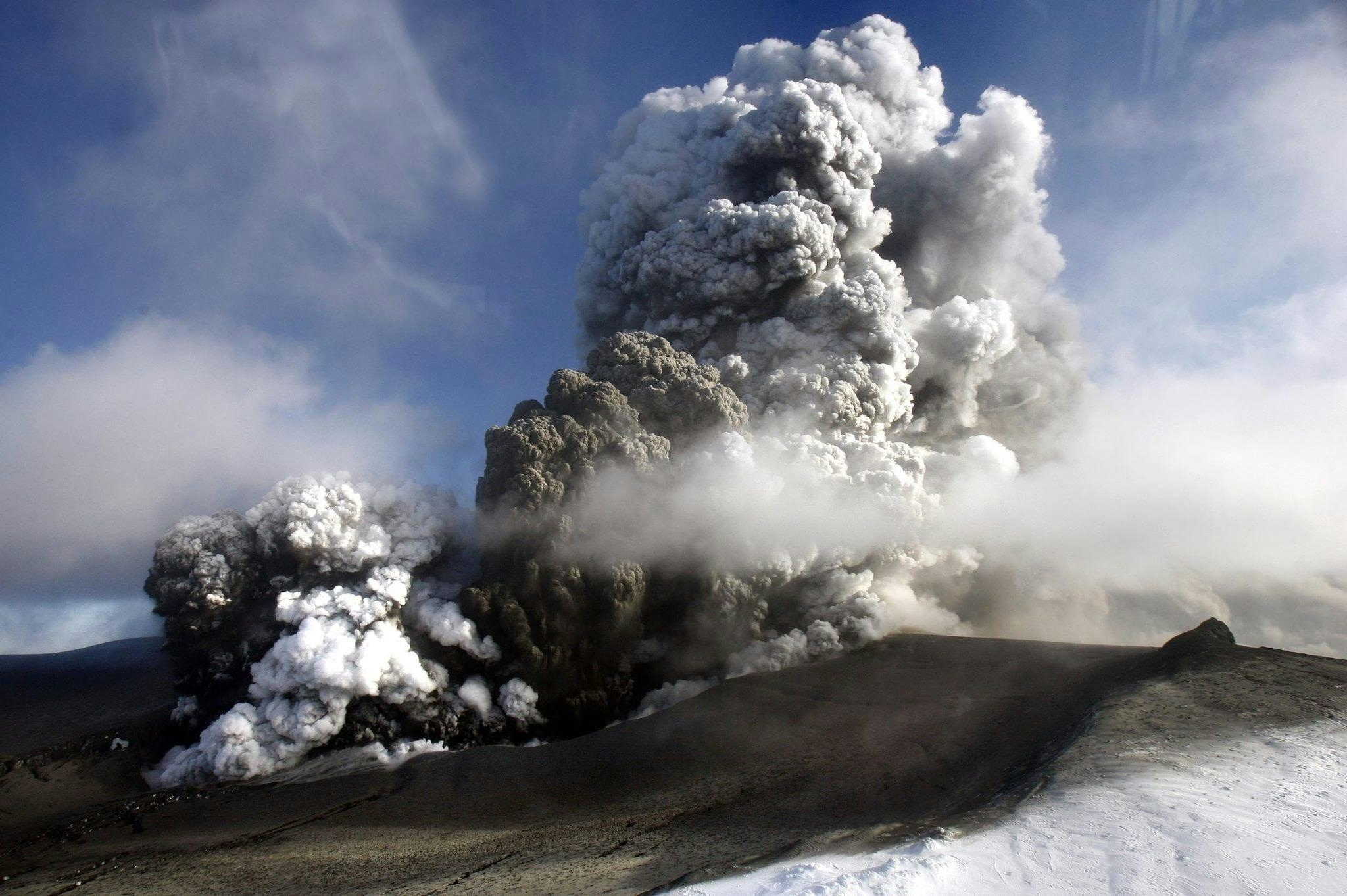
AeroGenie — Uw intelligente copiloot.
Trending
Categories
Why the Boeing 737 MAX Is Limited to Its Current Engine Type
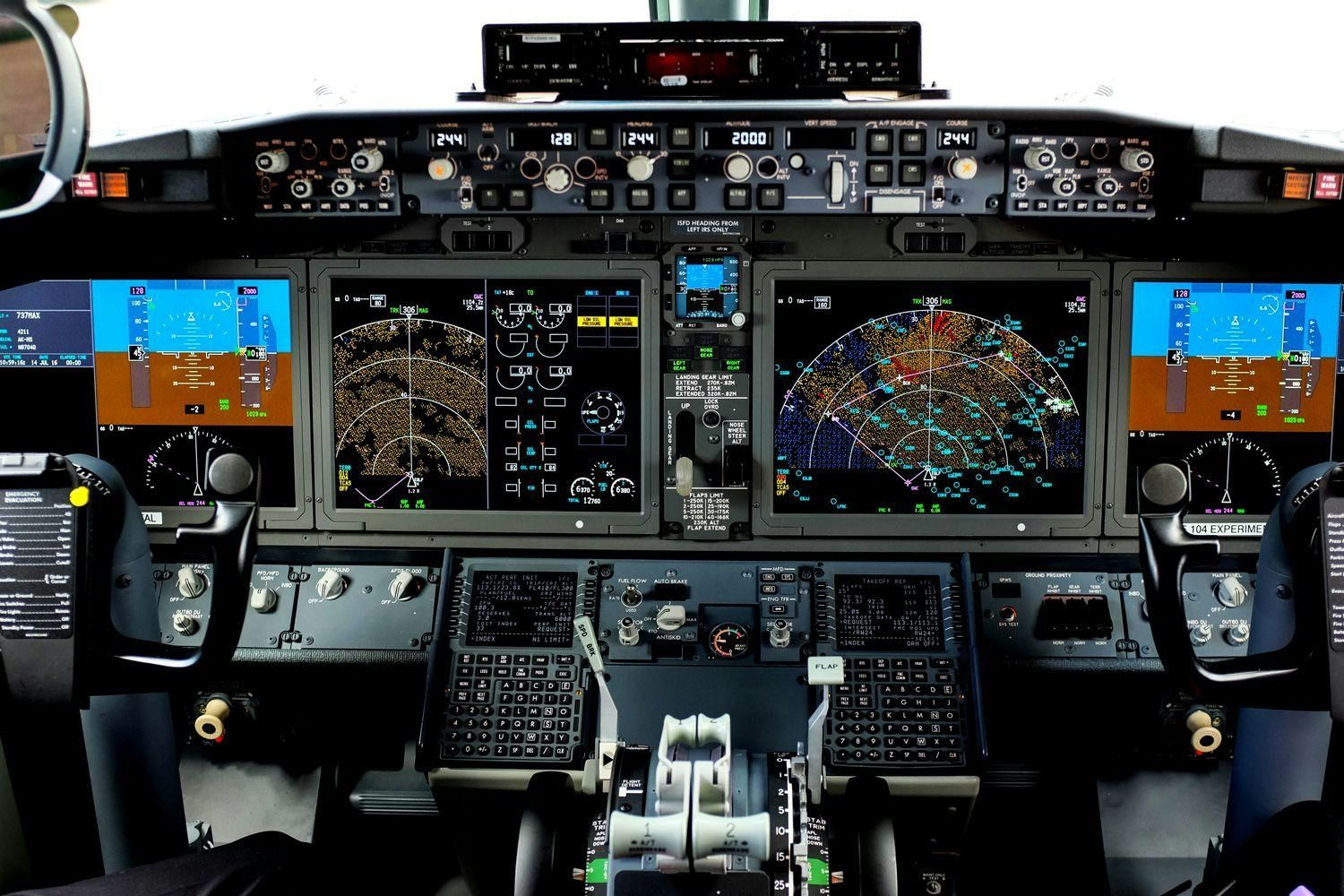
Why the Boeing 737 MAX Is Limited to Its Current Engine Type
The Boeing 737 MAX represents a pivotal chapter in commercial aviation, embodying the latest iteration of the venerable 737 family that has been in continuous production since 1967. This aircraft preserves the hallmark low-slung design and compact form factor of its predecessors while incorporating decades of incremental technological advancements. When Airbus introduced the A320neo, equipped with significantly more fuel-efficient engines, Boeing faced intense competitive pressure. Rather than developing an entirely new airframe, Boeing chose to re-engine the existing 737 platform, resulting in the exclusive integration of the CFM International LEAP-1B engine with the 737 MAX.
Engine Exclusivity and Design Constraints
The 737 MAX’s exclusive use of the LEAP-1B engine stems from the aircraft’s airframe being specifically redesigned and certified around this engine’s unique characteristics. Critical parameters such as fan diameter, engine weight, thrust output, aerodynamic interactions, and ground clearance were all meticulously tailored to accommodate the LEAP-1B. The aircraft’s inherently low ground clearance, a legacy of the original 737 design, imposes strict limitations on engine size. For instance, the LEAP-1A engine used on the Airbus A320neo features a 78-inch fan, whereas the LEAP-1B’s fan diameter was reduced to approximately 69 inches to fit beneath the 737 MAX’s wing. To facilitate this, Boeing implemented significant modifications including lengthening the nose landing gear and redesigning the engine nacelle.
Fitting an alternative engine would necessitate fundamental structural changes to the airframe, effectively triggering a new certification process comparable to that required for a new aircraft. Boeing’s decision to commit exclusively to the LEAP-1B in 2011 was driven by a desire to streamline production and certification, avoiding the complexities associated with offering multiple engine options as seen in other models like the 767 or A330.
Safety, Certification, and System Integration
The exclusivity of the LEAP-1B engine is further reinforced by Boeing’s ongoing emphasis on safety and quality assurance. Following the 737 MAX’s grounding and subsequent scrutiny, Boeing has prioritized stabilizing production and implementing safety improvements before pursuing further development milestones. Certification efforts for the delayed 737 MAX 7 and MAX 10 variants have involved redesigning critical systems, including the engine anti-ice mechanism, underscoring the intricate integration of the aircraft’s systems.
A prominent example of this integration is the Maneuvering Characteristics Augmentation System (MCAS), introduced to counteract pitch-up tendencies caused by the repositioning of the larger engines. Although MCAS was implicated in two fatal accidents, subsequent investigations and system modifications have addressed these issues, highlighting the complex interplay between the airframe and its dedicated engine.
Market Confidence and Industry Developments
Despite earlier setbacks, confidence in the 737 MAX remains robust within the aviation market. Recent orders from carriers such as Ethiopian Airlines for additional 737 MAX 8 aircraft demonstrate sustained demand. Concurrently, other industry players continue to advance engine technology and reliability; for example, Flydubai’s selection of GE Aerospace GEnx engines for its Boeing 787-9 fleet and Embraer’s progress in ensuring the reliability of its E2 jets’ GTF engines reflect ongoing commitments to performance and safety.
The Boeing 737 MAX’s reliance on the LEAP-1B engine is thus the product of a complex convergence of technical, regulatory, and economic considerations. The aircraft’s design, certification process, and continuous safety enhancements have made the LEAP-1B not merely a preferred option but an essential component, ensuring that the 737 MAX and its engine remain inextricably linked for the foreseeable future.

Deutsche Aircraft Appoints Ernst-Georg Schröder Manager of Final Assembly Line for D328eco
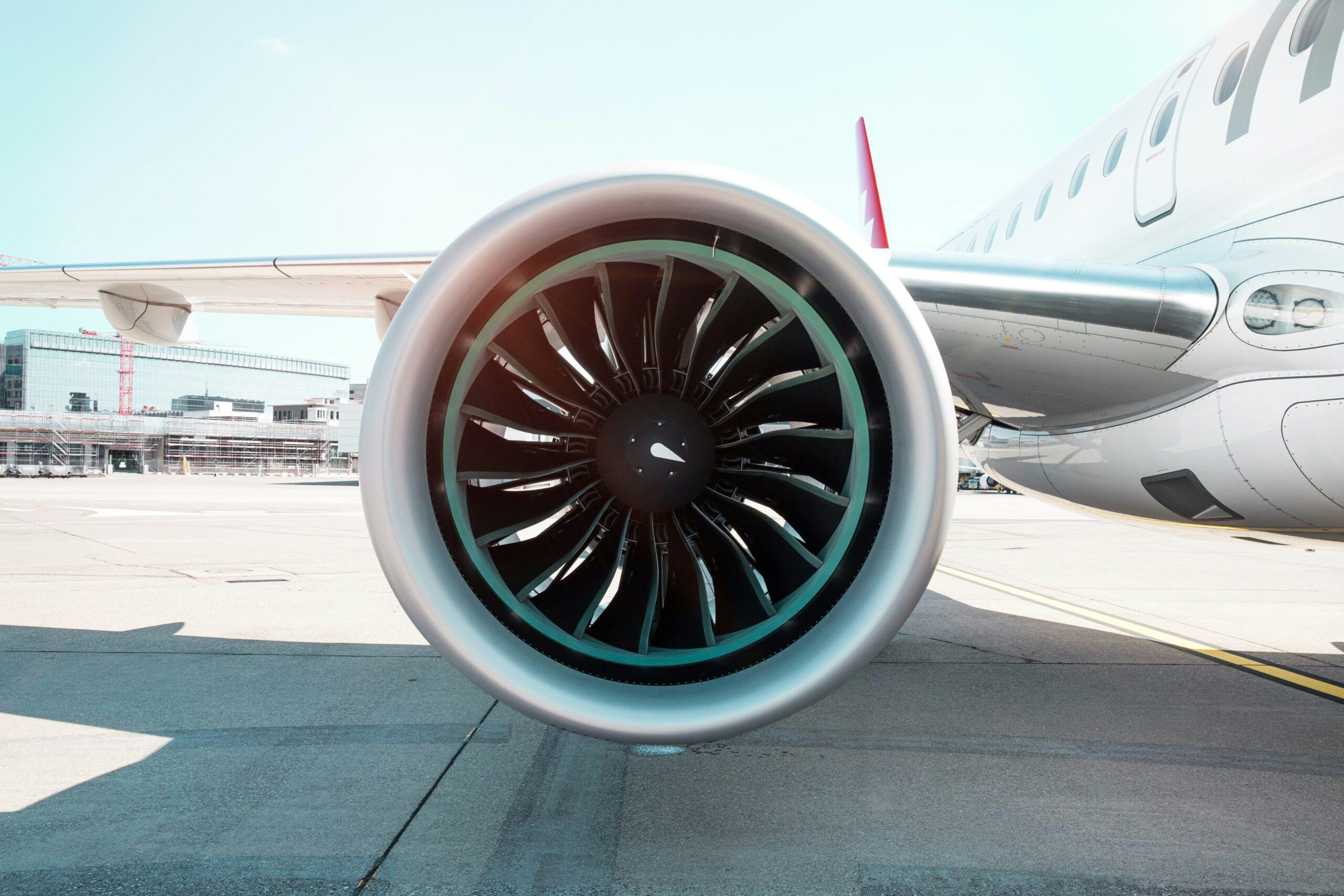
Leading Companies in Aviation Artificial Intelligence: Airbus, Amazon, Lockheed Martin, Tata Power, Thales
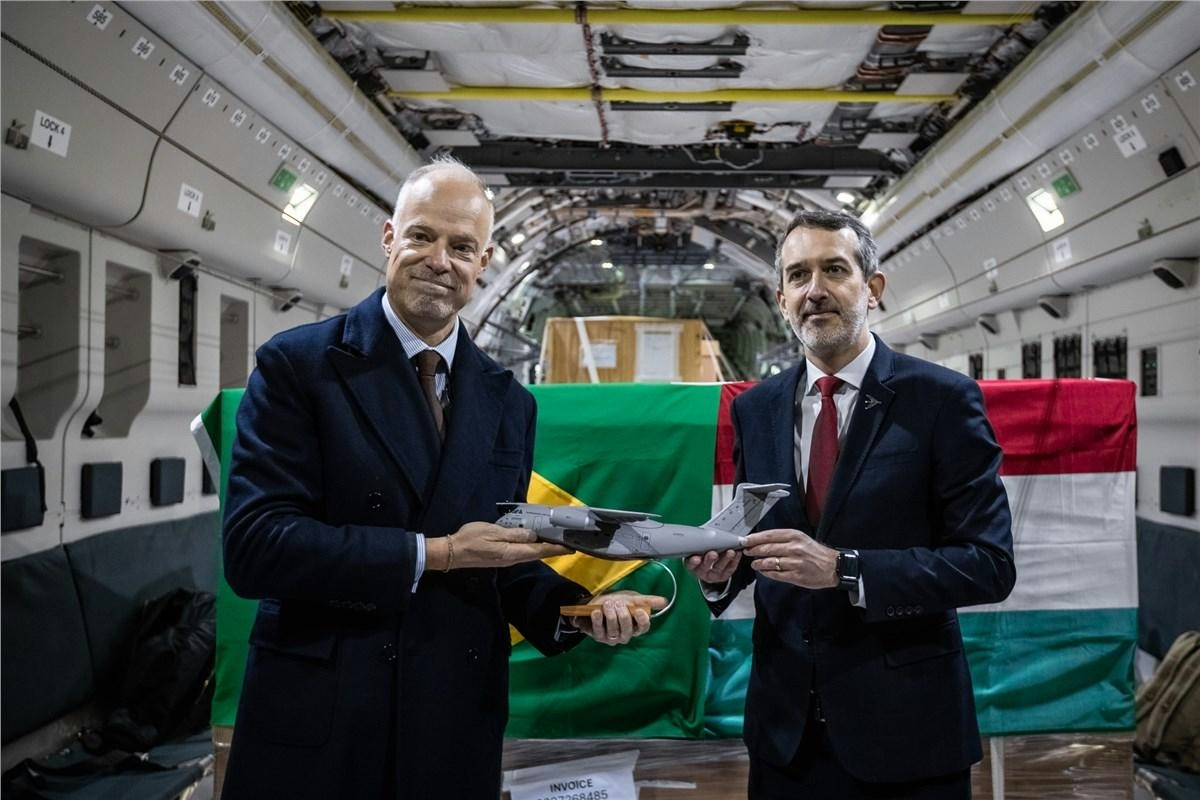
Embraer and ILIAS Partner to Enhance Military Fleet Management
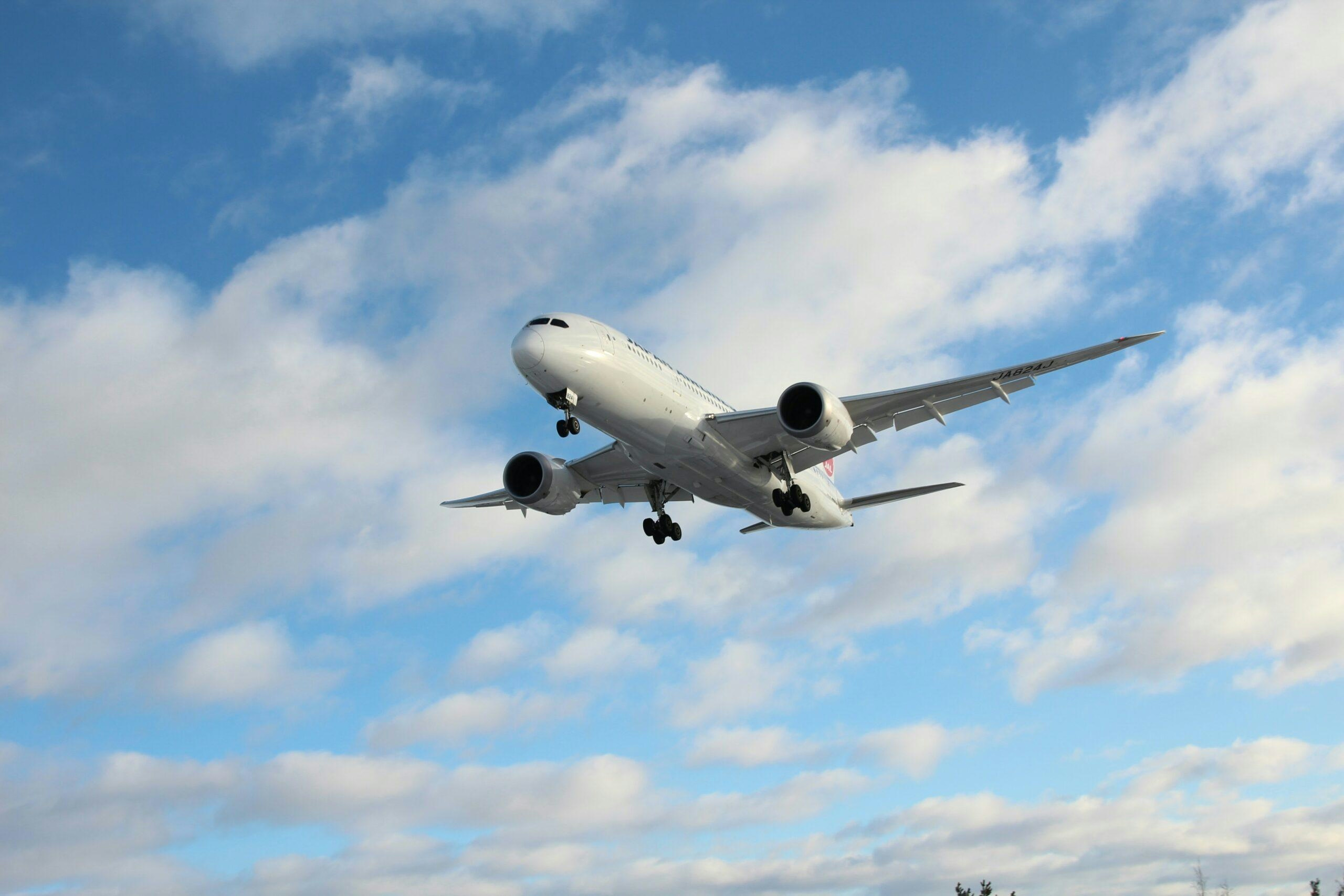
Warburg Pincus Acquires Hong Kong-Based Topcast Aviation Supplies
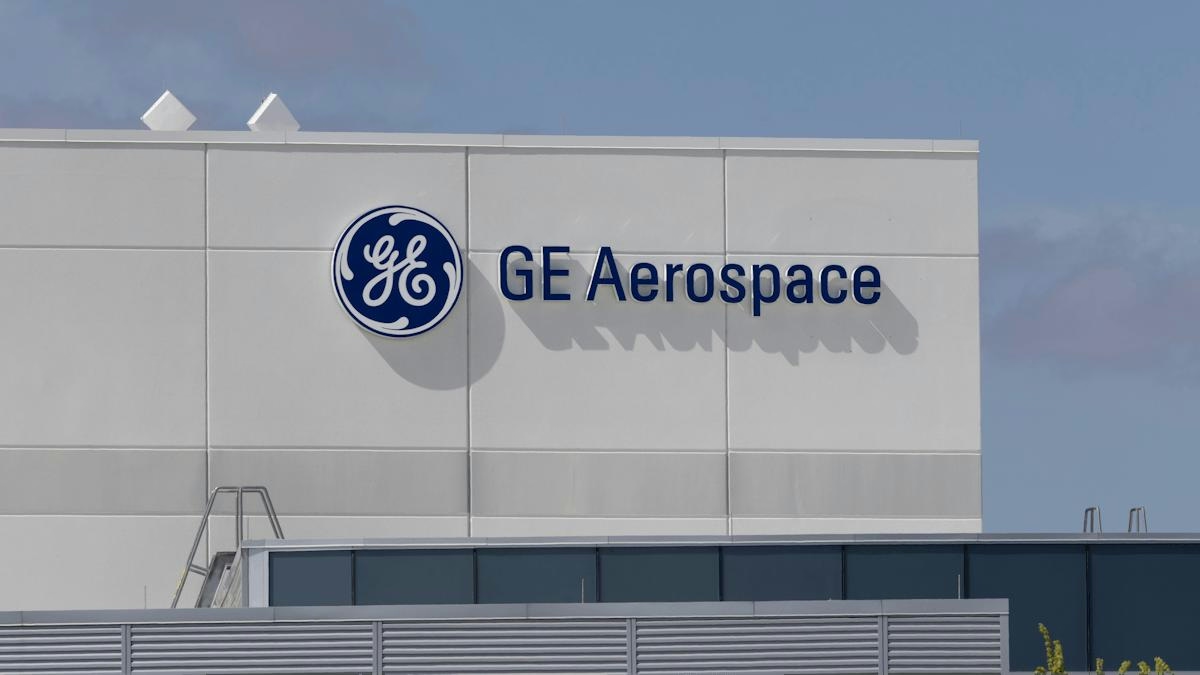
GE Aerospace Expands North Carolina Facility with $53 Million Investment to Address Supply Chain Issues
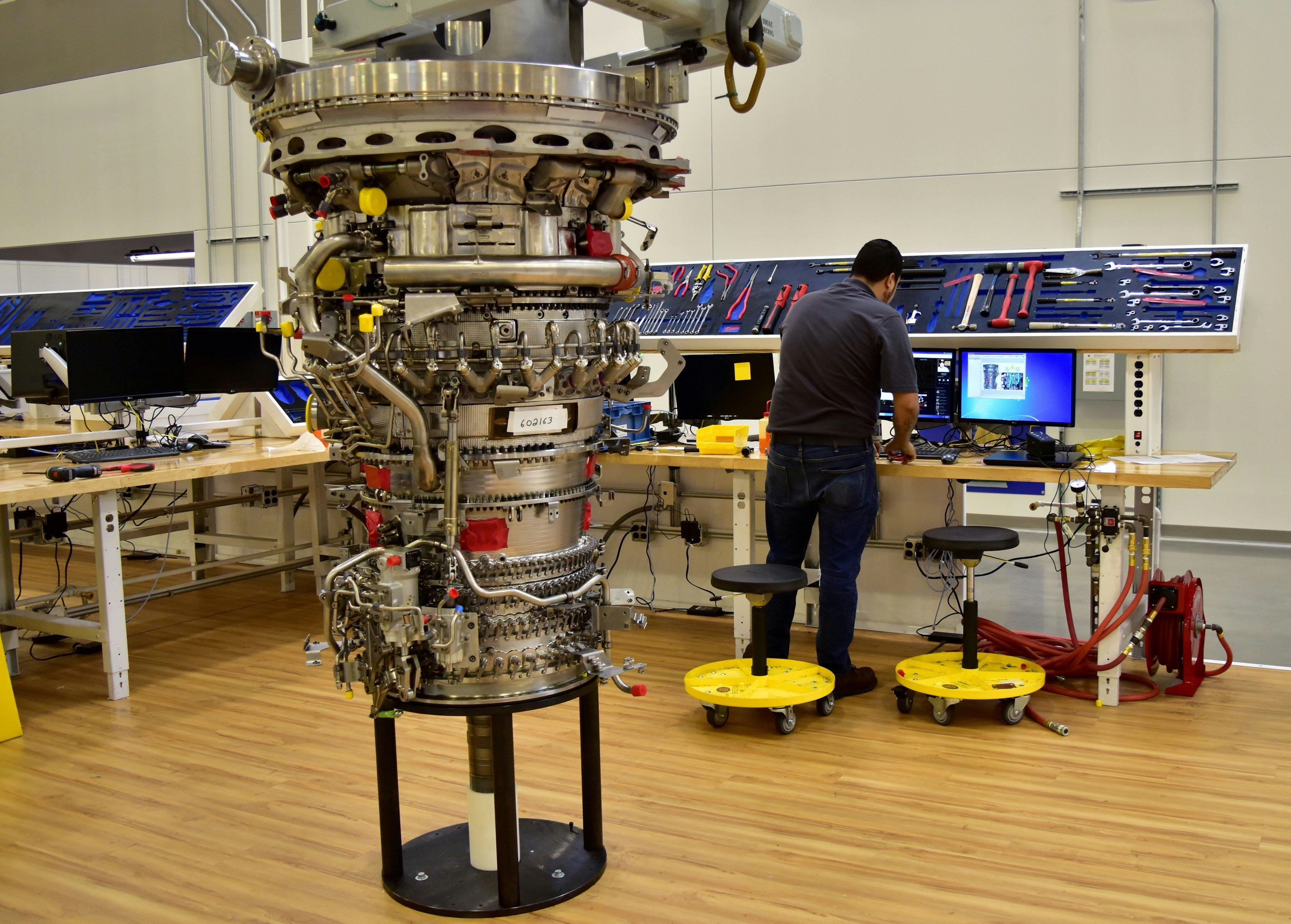
Manufacturer of China’s C919 Secures Capital Injection Amid Supply Chain Issues

Africa’s Aviation Sector Adopts AI Amid Challenges

FTAI Aviation Shares Rise 6.3% Following AI Partnership with Palantir

Airports Innovate 2025 Shapes the Future of Aviation
